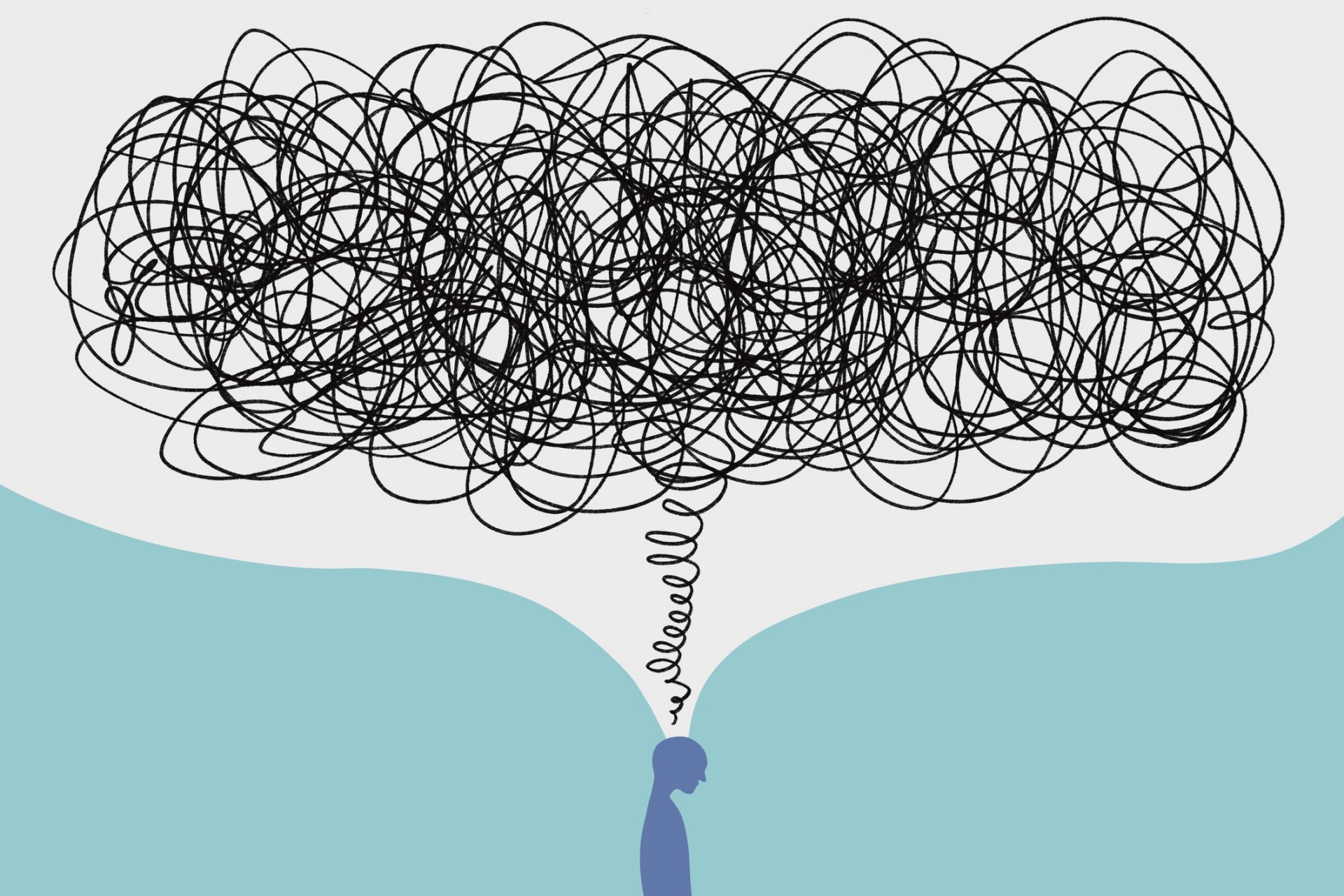This discovery could lead to new anti-anxiety treatments
Turning off anxiety
Scientists have discovered a natural way to turn off the “anxiety gene” in the brain, a breakthrough that could lead to new treatments for anxiety disorders.
Anxiety: the most common mental health problem
“Anxiety disorders are the most common psychiatric conditions currently diagnosed, affecting 25% of the population at least once in their lifetime,” reads the intro of the study published in the scientific journal ‘Nature Communications’.
Photo: Annie Spratt/Unsplash
Anxiety disorders
Anxiety disorders encompass generalised anxiety disorder (GAD), panic attacks, phobias, obsessive-compulsive disorder
(OCD) and post-traumatic stress disorder (PTSD).
Low efficacy of anti-anxiety drugs
“The efficacy of currently available anti-anxiety drugs is low with more than half of patients not achieving remission following treatment,” reads the study.
How anxiety changes our brains
This is why the researchers focused on how anxiety changes our brains at a molecular or genetic level and how this can be modified to relieve stress.
Alterations in the amygdalae
“Psychological stress can cause profound alterations in gene expression profiles in several brain regions, including the amygdalae,” explain the scientists in the study.
Amygdalae: responsible of processing threats
The amygdgalae, a pair of small almond-shaped regions deep in the brain (pictured in blue), is best known as the part of the brain that drives the so-called “fight or flight” response to threats, thus associated with anxiety disorders.
Anxiety experiment in mice
The study, led by a group of UK researchers, consisted in restraining mice for 6 hours to induce a stress response and then analyzed the rodents’ brains on a molecular level.
Increase of small molecules
The scientists found increased levels of five microRNAs (miRNAs) in the mice’s brains: small molecules, also present in humans, that regulate multiple target proteins controlling the cellular processes in the amygdalae.
A molecule that produces an anxiolytic effect
The team observed that one of the miRNAs, miR483-5p, suppressed the expression of another gene, Pgap2, producing an anxiolytic effect.
A molecular break
This means that miR-483-5p acts as a molecular brake that offsets stress-induced amygdala changes to promote anxiety relief.
Towards new anxiety treatments
The discovery of how this molecule regulates our response to stress in the brain may be the first stepping stone towards the creation of much-needed treatments for anxiety disorders, researchers said.
Little information about the role of miRNAs in the nervous system
Before this study, there was little information about the role of miR-483-5p in the central nervous system, the scientists wrote.
Poor understanding of molecular events related to anxiety
They added that limited success in developing potent anti-anxiety drugs is a result of our poor understanding of the neural circuits underlying anxiety and molecular events resulting in stress-related neuropsychiatric states.
Previously unknown molecular events
“We identified and characterised previously unknown molecular events in the basolateral amygdala of mice sufficient to exert an anxiolytic effect,” read the results of the study.
Unexplored avenues for anti-anxiety medicine
The scientists wrote that the finding may provide “yet unexplored avenues for the development of anxiolytic therapies in humans.”
More for you
World
Ukraine tapped Russian soldier's personal phones and discovered how much they suffer
23 january, 2025
World
Combat footage shows Ukrainian marines using a US weapon to destroy Russian equipment
23 january, 2025
Top Stories
1
2
World
Ukraine tapped Russian soldier's personal phones and discovered how much they suffer
23 january, 2025
3
4
5
World
Combat footage shows Ukrainian marines using a US weapon to destroy Russian equipment
23 january, 2025


World
Remember when Justin Trudeau was voted Canada's worst Prime Minister in modern history?
22 january, 2025



























